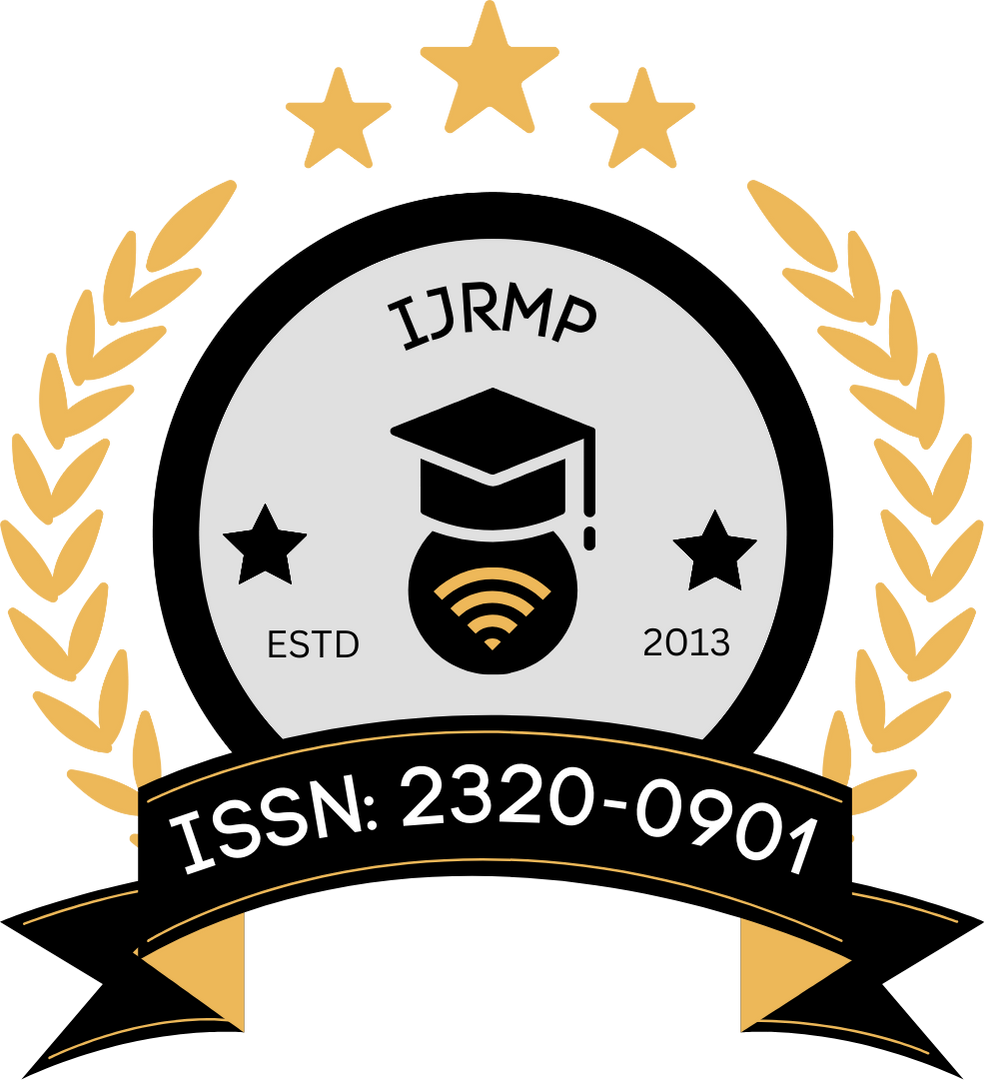![]()
Neha Ranganathan
Independent Researcher
Karnataka, India
Abstract
Artificial Intelligence (AI) has significantly reshaped customer service operations across various industries, including pharmaceuticals. AI-powered virtual assistants (VAs), often built on natural language processing and rule-based logic, have revolutionized how pharmaceutical firms interact with patients, healthcare professionals, and other stakeholders. These systems provide automated, 24/7 support that enhances information dissemination, improves drug adherence, and streamlines customer queries about drug usage, side effects, and product availability. This study explores the historical deployment of AI-driven virtual assistants in pharma customer support systems prior to widespread deep learning advances. By analyzing implementation models, interaction patterns, and use-case benefits, the paper highlights the transformative role of early AI in customer engagement and pharmaceutical brand perception. A qualitative and process-mapping-based methodology is used to assess efficiency gains, patient outcomes, and resource optimization in call centers using virtual agents. The findings demonstrate that pre-2014 AI technologies substantially improved customer handling times, reduced human workload, and contributed to improved patient compliance and trust. The paper concludes with implications for scalability and early adoption benefits of virtual agents in regulated sectors like pharma.
Keywords
AI, virtual assistants, pharma customer service, rule-based systems, chatbot, automation, patient communication
References
- Awad, E. M., & Ghaziri, H. M. (2010). Knowledge Management. Pearson Education.
- Bickmore, T., & Giorgino, T. (2006). Health dialog systems for patients and consumers. Journal of Biomedical Informatics, 39(5), 556–571. https://doi.org/10.1016/j.jbi.2005.12.004
- Buchanan, B. G., & Shortliffe, E. H. (1984). Rule-Based Expert Systems: The MYCIN Experiments of the Stanford Heuristic Programming Project. Addison-Wesley.
- Combs, T., & Moorhead, T. (2005). Use of artificial intelligence in customer service. AI Magazine, 26(3), 27–35.
- DiMatteo, M. R. (2004). Variations in patients’ adherence to medical recommendations: A quantitative review of 50 years of research. Medical Care, 42(3), 200–209.
- Denecke, K., & Deng, Y. (2012). Sentiment analysis in medical settings: New opportunities and challenges. Artificial Intelligence in Medicine, 64(1), 17–27. https://doi.org/10.1016/j.artmed.2014.01.007
- Faraj, S., Kwon, D., & Watts, S. (2004). Contested artifact: Knowledge representation in online consumer pharmaceutical interactions. Information Systems Research, 15(3), 336–355.
- Gruber, T. (1995). Toward principles for the design of ontologies used for knowledge sharing. International Journal of Human-Computer Studies, 43(5–6), 907–928.
- Jurafsky, D., & Martin, J. H. (2009). Speech and Language Processing (2nd ed.). Prentice Hall.
- Luger, E., & Sellen, A. (2012). Like having a really bad PA: The gulf between user expectation and experience of conversational agents. Proceedings of the SIGCHI Conference on Human Factors in Computing Systems, 9(1), 78–86.
- Maedche, A., & Staab, S. (2001). Ontology learning for the semantic web. IEEE Intelligent Systems, 16(2), 72–79.
- Maes, P. (1994). Agents that reduce work and information overload. Communications of the ACM, 37(7), 30–40.
- Nielsen, J. (1994). Usability Engineering. Morgan Kaufmann.
- Patel, V. L., & Kaufman, D. R. (1998). Cognitive science and biomedical informatics. Journal of Biomedical Informatics, 31(4), 173–179.
- Ramesh, A. N., Kambhampati, C., Monson, J. R. T., & Drew, P. J. (2004). Artificial intelligence in medicine. Annals of The Royal College of Surgeons of England, 86(5), 334–338.
- Resnick, P. (2001). Beyond bowling together: SocioTechnical capital. In HCI in the New Millennium (pp. 247–272). Addison-Wesley.
- Shortliffe, E. H. (1976). Computer-Based Medical Consultations: MYCIN. Elsevier.
- Singh, R. J., & Singh, N. (2005). Developing a framework for intelligent customer support systems using AI. Expert Systems with Applications, 29(2), 363–369.
